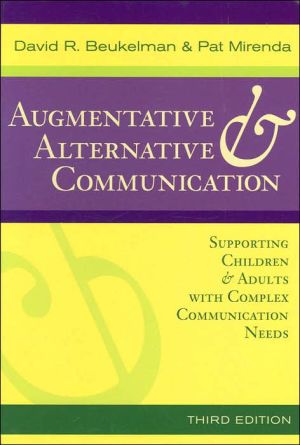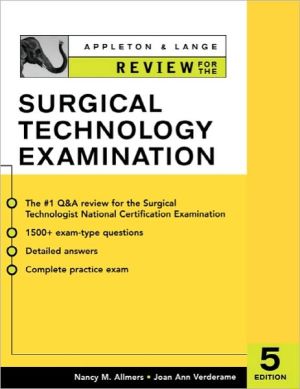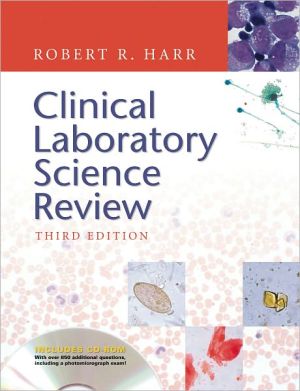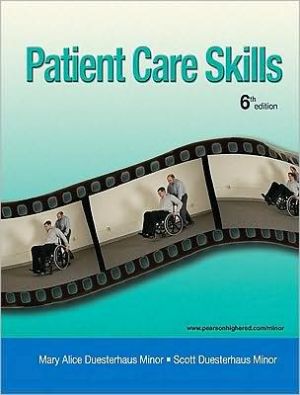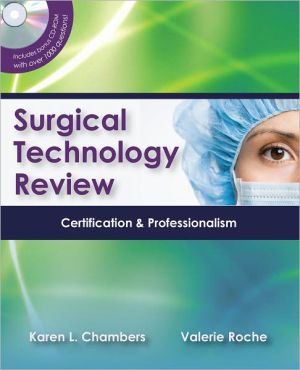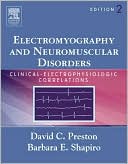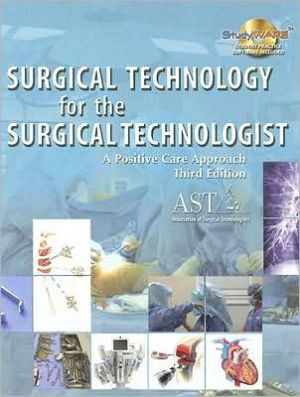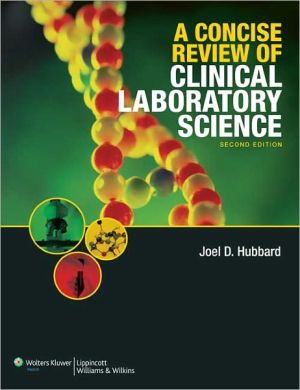Augmentative and Alternative Communication: Supporting Children and Adults with Complex Communication Needs
"Approaching severe communication disorders from an intervention perspective, this resource thoroughly prepares students and practicing professionals to serve individuals with augmentative or alternative communication (AAC) needs. In this revised third edition, professionals working or preparing to work with children and adults who use AAC will get new and expanded content." Readers will still have everything that made the earlier editions of this text so useful: in-depth coverage of AAC...
Search in google:
Augmentive and alternative communication (AAC) refers to strategies developed for people who are unable to use speech, gestures, or handwriting. This introductory textbook for students and practitioners describes how people communicate using a variety of AAC techniques and devices (both electronic and non-electronic). It also reviews specific AAC interventions for individuals with developmental disabilities. The final five chapters focus on the clinical applications of AAC for persons with acquired communication disorders. Annotation ©2005 Book News, Inc., Portland, OR Doody Review Services Reviewer:Lorin N. Youngdahl, M.A. Speech language pathology(George Washington University)Description:This book provides a solid foundation of what augmentative and alternative communication (AAC) is and how it can be used as an option for those with complex and more severe communication needs. This introductory text provides a wealth of information on AAC as it relates to not only speech-language pathology but also other disciplines, patients, and families.Purpose:The objective is to introduce readers, particularly practicing professionals, preprofessional students, and facilitators to communication options for people who are unable to meet their daily communication needs through natural modes because of a severe communication disorder. This is a worthy objective because the AAC field is growing and evolving. Therefore, continuing to provide updated information on the field and particularly on what the current communication options are for those with severe, complex communication needs is imperative. The book meets the author's objective.Audience:This book is written for current practitioners in AAC wishing to learn more, update their knowledge, and have a reference. It is also a great introductory text for students and those new to the AAC field. The author states that this book was written for professionals, students, and facilitators. Features:The book covers what the AAC processes are and introduces readers to AAC in general. It also provides information on messages types, unaided and aided symbol systems, and access options for those with complex communication needs. It also reviews multidisciplinary teams and how different professionals are involved in the assessment process and intervention. Several of the chapters focus on interventions keeping in mind unique concerns related to individuals with different acquired or developmental disorders. Specifically, the last few chapters of the book describe in greater detail those individuals with acquired disorders who can benefit from AAC and what those disorders are. Several chapters describe how to develop language and literacy further using AAC and how to integrate AAC systems into schools and home. The chapters on acquired disorders are well written and provided updated, valuable information. The book could use photographs to display several of the interventions, strategies, and models. The tables are well laid out.Assessment:This book is of excellent quality. It will be extremely useful to those practicing in the field of AAC or who are getting prepared to practice. I would not recommend this book for those outside of the field of speech-language pathology given the technical terminology used throughout the text. The third edition is very important because of the constant changes in ACC, advances in technology, and improvements that practitioners need to know.
1Augmentative and alternative communication processes32Message management : vocabulary, small talk, and storytelling153Symbols and rate enhancement354Alternative access815Team building for AAC assessment and intervention1116Principles of assessment1337Assessment of specific capabilities1598Principles of decision making, intervention, and evaluation2199AAC issues for people with developmental disabilities23510AAC strategies for beginning communicators : opportunity and nonsymbolic interventions25511AAC strategies for beginning communicators : symbolic approaches28712Language learning and development32713Literacy development of children who use AAC35114Educational inclusion of students who use AAC39115Adults with acquired physical disabilities43516Adults with severe aphasia46717Adults with degenerative cognitive/linguistic disorders50518Individuals with traumatic brain injury51719AAC in intensive and acute medical settings533
\ From The CriticsReviewer: Lorin N. Youngdahl, M.A. Speech language pathology(George Washington University)\ Description: This book provides a solid foundation of what augmentative and alternative communication (AAC) is and how it can be used as an option for those with complex and more severe communication needs. This introductory text provides a wealth of information on AAC as it relates to not only speech-language pathology but also other disciplines, patients, and families.\ Purpose: The objective is to introduce readers, particularly practicing professionals, preprofessional students, and facilitators to communication options for people who are unable to meet their daily communication needs through natural modes because of a severe communication disorder. This is a worthy objective because the AAC field is growing and evolving. Therefore, continuing to provide updated information on the field and particularly on what the current communication options are for those with severe, complex communication needs is imperative. The book meets the author's objective.\ Audience: This book is written for current practitioners in AAC wishing to learn more, update their knowledge, and have a reference. It is also a great introductory text for students and those new to the AAC field. The author states that this book was written for professionals, students, and facilitators. \ Features: The book covers what the AAC processes are and introduces readers to AAC in general. It also provides information on messages types, unaided and aided symbol systems, and access options for those with complex communication needs. It also reviews multidisciplinary teams and how different professionals are involved in the assessment process and intervention. Several of the chapters focus on interventions keeping in mind unique concerns related to individuals with different acquired or developmental disorders. Specifically, the last few chapters of the book describe in greater detail those individuals with acquired disorders who can benefit from AAC and what those disorders are. Several chapters describe how to develop language and literacy further using AAC and how to integrate AAC systems into schools and home. The chapters on acquired disorders are well written and provided updated, valuable information. The book could use photographs to display several of the interventions, strategies, and models. The tables are well laid out.\ Assessment: This book is of excellent quality. It will be extremely useful to those practicing in the field of AAC or who are getting prepared to practice. I would not recommend this book for those outside of the field of speech-language pathology given the technical terminology used throughout the text. The third edition is very important because of the constant changes in ACC, advances in technology, and improvements that practitioners need to know.\ \ \ \ \ From The CriticsReviewer: Lorin N. Youngdahl, M.A. Speech language pathology(George Washington University) \ Description: This book provides a solid foundation of what augmentative and alternative communication (AAC) is and how it can be used as an option for those with complex and more severe communication needs. This introductory text provides a wealth of information on AAC as it relates to not only speech-language pathology but also other disciplines, patients, and families.\ Purpose: The objective is to introduce readers, particularly practicing professionals, preprofessional students, and facilitators to communication options for people who are unable to meet their daily communication needs through natural modes because of a severe communication disorder. This is a worthy objective because the AAC field is growing and evolving. Therefore, continuing to provide updated information on the field and particularly on what the current communication options are for those with severe, complex communication needs is imperative. The book meets the author's objective.\ Audience: This book is written for current practitioners in AAC wishing to learn more, update their knowledge, and have a reference. It is also a great introductory text for students and those new to the AAC field. The author states that this book was written for professionals, students, and facilitators. \ Features: The book covers what the AAC processes are and introduces readers to AAC in general. It also provides information on messages types, unaided and aided symbol systems, and access options for those with complex communication needs. It also reviews multidisciplinary teams and how different professionals are involved in the assessment process and intervention. Several of the chapters focus on interventions keeping in mind unique concerns related to individuals with different acquired or developmental disorders. Specifically, the last few chapters of the book describe in greater detail those individuals with acquired disorders who can benefit from AAC and what those disorders are. Several chapters describe how to develop language and literacy further using AAC and how to integrate AAC systems into schools and home. The chapters on acquired disorders are well written and provided updated, valuable information. The book could use photographs to display several of the interventions, strategies, and models. The tables are well laid out.\ Assessment: This book is of excellent quality. It will be extremely useful to those practicing in the field of AAC or who are getting prepared to practice. I would not recommend this book for those outside of the field of speech-language pathology given the technical terminology used throughout the text. The third edition is very important because of the constant changes in ACC, advances in technology, and improvements that practitioners need to know.\ \ \ 3 Stars from Doody\ \
